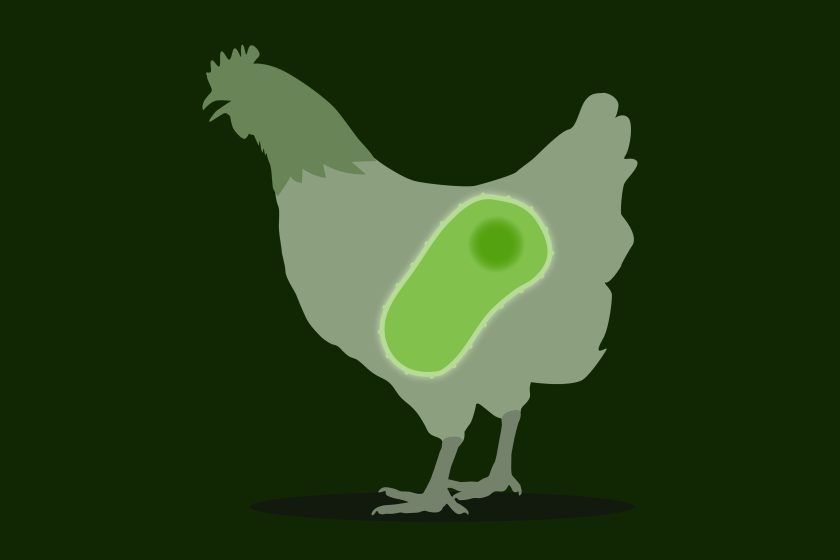The study, published in Nature, examined antimicrobial use in 340 commercial chicken farms across seven districts in Bangladesh and found that 93% had used antibiotics during production.
This finding is raising concerns over food safety and the spread of drug-resistant bacteria.
Usage was significantly higher in broiler farms (78%) and Sonali farms (67.2%) compared to egg-laying farms (41.3%).
According to the research, meat-type farms, particularly broilers, were three times more likely to show poor antimicrobial practices than layer farms. Broiler farmers often administered multiple drug classes despite shorter production cycles.
Many farmers use antibiotics for disease prevention
The study found extensive use of medicines classified by the World Health Organization (WHO) as “highest priority critically important antimicrobials” for human health.
- Fluoroquinolones were used in nearly half the farms, followed by tetracyclines and sulfonamides.
- Colistin, a last-resort drug for humans, was still used in about 4% of farms despite WHO guidance to restrict it.
More than a third of farmers said they used antibiotics for disease prevention, while nearly half administered them to day-old chicks.
Only a third of farmers were aware of antimicrobial resistance (AMR), and many relied on drug sellers or feed dealers rather than veterinarians for guidance. Just 22% consistently sought veterinary advice, while nearly a third never did.
The study also found that farmers with over a decade of experience were more likely to misuse antibiotics than newer farmers, suggesting outdated practices persist in the sector.
Food safety and public health risks
Researchers warned that indiscriminate use of antibiotics contributes to rising levels of multidrug-resistant bacteria in poultry, farm sewage, and even among chicken handlers, posing a risk to consumers and public health.
Antimicrobial residues in meat products could also harm human health, the study said.
“Without urgent intervention, the misuse of antibiotics in meat-type chicken farms risks accelerating resistance and undermining both animal and human health,” the study stressed.
Study in southwest region of Bangladesh
A different study, performed by Bidyut Matubber of the Department of Microbiology and Public Health at Khulna Agricultural University in Bangladesh and his team from Bangladesh, South Korea, the US and China, identifies the antibiotic resistance patterns and antibiotic residues in meat samples from different southwest districts of Bangladesh.
A total of 200 meat samples were collected, where chicken meat, cattle meat, goat meat and buffalo meat were 80, 50, 50, and 20 respectively. Samples were collected aseptically and analyzed for the detection of antibiotic residue, and the isolates were subjected to an antibiogram study.
The isolates were Staphylococcus spp, Escherichia coli, and Salmonella spp.
- The prevalence of these isolates was 46.5 % (93/200), 53.5 % (107/200), and 41.5 % (83/200).
- The isolates were highly sensitive to neomycin (100 %), gentamicin (87.9 %), tobramycin (86.9 %), ciprofloxacin (83.1 %), and resistant to amoxicillin (98.1 %), erythromycin (95.8 %), ampicillin (88.2 %), penicillin (83.9 %), ceftriaxone (73.1 %), and oxytetracycline (67.5 %).
The overall antibiotic residues in meats were 21.5 %, and the highest was observed in chicken meat compared to other meat types.

